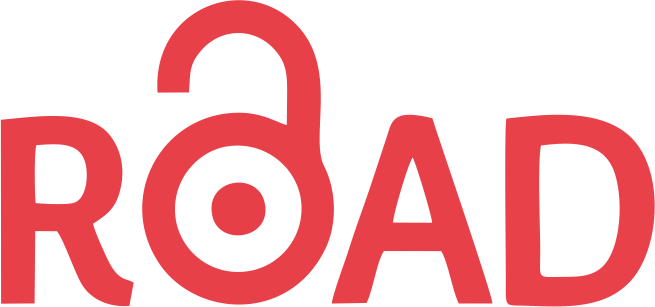3D Reconstruction Human Body From Anthropometric Measurements Using Diversity Control Oriented Genetic Algorithm
Abstract
3D digitalization of the human body has been studied extensively for various applications in anthropology, ergonomics, healthcare, entertainment and fashion industries. There are different methods and approaches to reconstruct the 3D body model namely using RGB cameras, depth cameras, scanning systems or anthropometric measurements of the human body. Generally, most of existing approaches have to tackle issues relating to security of personal data, the impact of the surrounding environment, cost of 3D scanning systems and complication of anthropometric measurements. This study proposes a method using simple body measurements and given body shapes to digitalize the human body. The effectiveness of proposed method is evaluated and demonstrated based on two datasets: a synthetic dataset generated from a parametric model and a real dataset on Vietnamese collected by Viettel Military Industry and Telecoms Group (Vietnam).
References
Deep, K., and Thakur, M. A new crossover operator for real coded genetic algorithms. Applied Mathematics and Computation 188, 1 (2007), 895-911.
Deep, K., and Thakur, M. A new mutation operator for real coded genetic algorithms. Applied Mathematics and Computation 193, 1 (2007), 211-230.
Loper, M., Mahmood, N., Romero, J., PonsMoll, G., and Black, M. J. Smpl: A skinned multi-person linear model. ACM Transactions on Graphics 34, 6 (Oct. 2015).
Pujades, S., Mohler, B., Thaler, A., Tesch, J., Mahmood, N., Hesse, N., Bulthoff, H., and Black, M. J. The virtual caliper: Rapid creation of metrically accurate avatars from 3d measurements. IEEE Transactions on Visualization and Computer Graphics 25 (2019), 1887-1897.
Shimodaira, H. A diversity-control-oriented genetic algorithm (dcga): Performance improvement by the reinitialization of the population. GECCO'01, Morgan Kaufmann Publishers Inc., p. 576-583.
Simmons, K., Istook, C. L., and Devarajan, P. Female gure identication technique (ffit) for appereal part i: Describing female shapes. Journal of textile and apparel, Technology and Management 4, 1 (2004), 1-16.
Streuber, S., Quiros-Ramirez, M. A., Hill, M. Q., Hahn, C. A., Zuffi, S., O'Toole, A., and Black, M. J. Body talk: Crowdshaping realistic 3d avatars with words. ACM Transactions on Graphics 35, 4 (July 2016).
Wuhrer, S., and Shu, C. Estimating 3d human shapes from measurements. Machine Vision and Applications 24 (2013), 1133-1147.
Zeng, Y., Fu, J., and Chao, H. 3d human body reshaping with anthropometric modeling. In Internet Multimedia Computing and Service (Singapore, 2018), B. Huet, L. Nie, and R. Hong, Eds., Springer Singapore, pp. 96-107.
Copyright (c) 2021 MENDEL

This work is licensed under a Creative Commons Attribution-NonCommercial-ShareAlike 4.0 International License.
MENDEL open access articles are normally published under a Creative Commons Attribution-NonCommercial-ShareAlike (CC BY-NC-SA 4.0) https://creativecommons.org/licenses/by-nc-sa/4.0/ . Under the CC BY-NC-SA 4.0 license permitted 3rd party reuse is only applicable for non-commercial purposes. Articles posted under the CC BY-NC-SA 4.0 license allow users to share, copy, and redistribute the material in any medium of format, and adapt, remix, transform, and build upon the material for any purpose. Reusing under the CC BY-NC-SA 4.0 license requires that appropriate attribution to the source of the material must be included along with a link to the license, with any changes made to the original material indicated.







